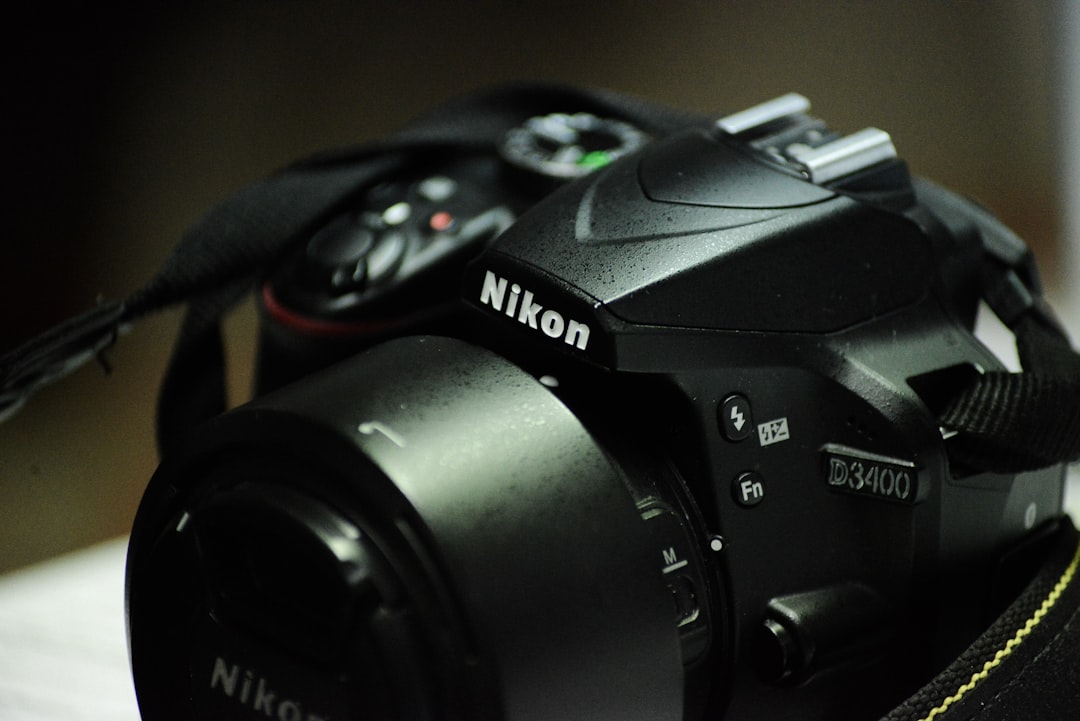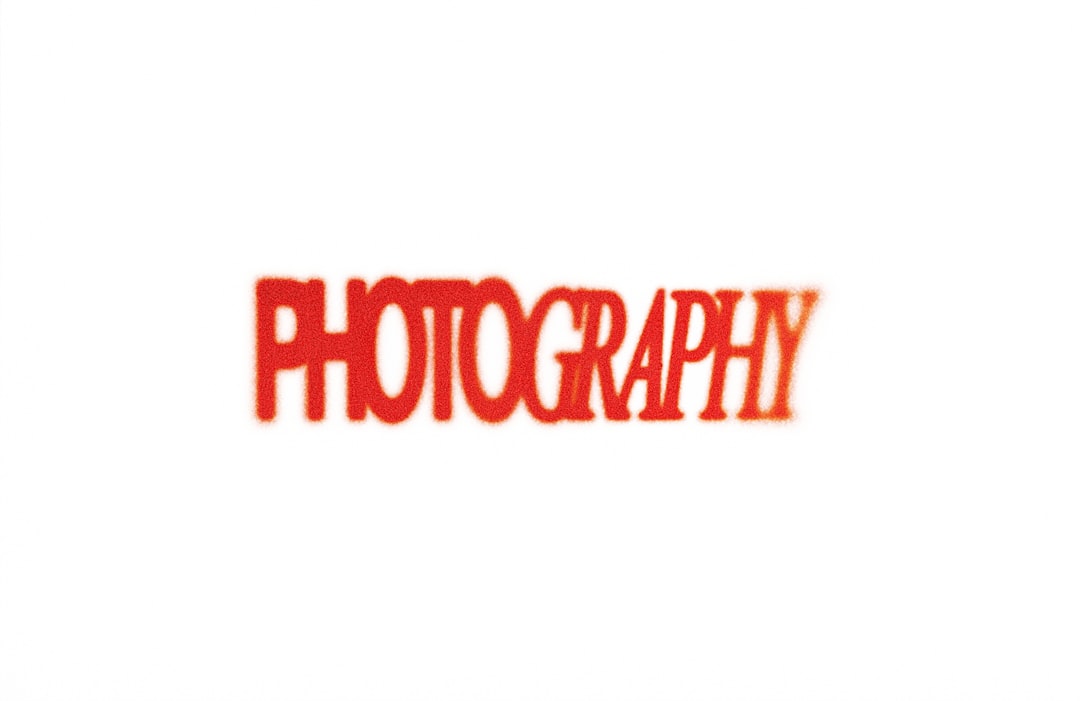For photography enthusiasts in the United States, especially those using Nikon cameras, NEF (Nikon Electronic Format) files are a familiar sight. These RAW image files preserve all the data captured by the camera’s sensor, allowing for extensive post-processing. However, NEF files come with their challenges—they are large, proprietary, and not as universally supported as formats like JPG. In situations where sharing, printing, or quickly previewing images is necessary, converting NEF to JPG becomes essential. This article explores how American photographers can quickly and safely perform this conversion without compromising image quality or security.
Why Convert NEF to JPG?
While NEF files offer extraordinary flexibility and quality, there are several compelling reasons to convert them to JPG:
- Universal Compatibility: JPG files are readable on almost any device, from smartphones to web browsers.
- Smaller File Size: JPGs are compressed, making them easier to upload, email, and store.
- Fast Sharing: Social media platforms and websites usually do not support RAW files like NEF, but they readily accept JPGs.
- Printing Simplicity: Many photo labs and printing services request images in JPG format for consistency and ease.
Understanding the benefits of converting NEF files allows photographers to make informed decisions about when and how to convert for optimal results.
Top Tools for Quick and Safe NEF to JPG Conversion
There are a variety of options for converting NEF to JPG, categorized into three main groups: desktop software, online tools, and mobile apps.
1. Desktop Software
- Adobe Lightroom: Ideal for editing and batch exporting NEF files to JPG while maintaining high quality.
- Adobe Photoshop: Offers finer control for professionals who want precision editing along with conversion.
- Capture NX-D: Nikon’s own free software, specifically optimized for processing NEF files.
- IrfanView: Lightweight and fast, this tool is great for quick conversions and viewing.
Desktop software typically offers the best quality and flexibility but may take up space and require installation.
2. Online Conversion Tools
- CloudConvert: Secure and supports batch conversion, with user authentication and SSL encryption.
- Zamzar: Easy to use with drag-and-drop functionality; no installation needed.
- Convertio: Offers cloud-based conversion with an emphasis on user privacy and data deletion after processing.
Online tools are good for those who want quick results without downloading software. However, file upload speed and internet connection play a role here.

3. Mobile Apps
- Snapseed (Android & iOS): Integrates RAW image processing with intuitive controls for JPG export.
- Adobe Photoshop Express: Supports RAW to JPG conversion along with essential photo editing features.
- RawDroid (Android): View and convert RAW files, including NEF, directly on your phone.
These apps are perfect for photographers who want convenience on the go, especially during shoots or travel.
Step-by-Step: How to Convert NEF to JPG Safely
To ensure your conversion process is both secure and high-quality, follow this simple step-by-step guide using a desktop or online tool:
- Choose a reliable tool, such as Adobe Lightroom or CloudConvert.
- Upload or import your NEF files to the selected platform.
- Edit if needed—adjust white balance, exposure, or sharpness.
- Select “JPG” as your output format.
- Choose export settings—resolution, compression level, and color profile. For most purposes, 80-90% compression strikes a good balance.
- Start the conversion and wait for the process to complete.
- Save your JPG files to the desired location.
Important tip: Always make backups of your original NEF files in case you want to re-edit or re-export them in the future.
Tips for American Photography Enthusiasts
- Use Batch Processing: Whether using desktop software or online tools, batching saves time when converting dozens of files.
- Stay Secure: For online tools, choose platforms with HTTPS and automatic file deletion policies to protect your data.
- Match Color Profiles: Make sure your exported JPG matches sRGB or Adobe RGB color profile for consistent printing and viewing.
- Understand Compression: JPG files are lossy; avoid multiple saves to keep quality high, and export once from your original NEF.

Advantages and Trade-offs of JPG
Though JPG is widely accepted and easy to use, it’s essential to understand the compromises involved:
- Advantages:
- Smaller file sizes
- Faster sharing and uploading
- Widespread compatibility
- Trade-offs:
- Loss of detail due to compression
- Limited flexibility for further edits
- No embedded metadata retained
For substantial editing or archiving purposes, keeping NEF files is advisable. For day-to-day use, however, JPGs are the way to go.
Conclusion
Converting NEF to JPG is a vital part of any American photographer’s post-production workflow. Whether you’re sharing photos with clients, uploading to Instagram, or printing your latest masterpiece, ensuring a quick and safe conversion process is essential. Tools like Lightroom, CloudConvert, and Snapseed make it easier than ever to deliver high-quality JPGs while preserving the essence of your NEF masterpieces. With a little practice and the right approach, NEF to JPG conversion becomes a seamless and secure task in your creative journey.
Frequently Asked Questions (FAQ)
- Q: Will I lose quality when converting NEF to JPG?
A: Yes, JPG is a lossy format, meaning some image data is compressed and lost. To retain maximum quality, use high export settings and avoid repeated saving. - Q: What is the fastest method for batch conversion?
A: Desktop software like Adobe Lightroom or Capture NX-D is best for fast batch processing. They enable you to process multiple files with one export action. - Q: Can I convert NEF to JPG on my iPhone?
A: Yes, apps like Snapseed or Adobe Photoshop Express support this feature on both iPhone and Android devices. - Q: Are online converters safe?
A: Most reputable sites use encryption and delete your files after a short period—it’s advisable to check their privacy policies before use. - Q: Should I delete my NEF files after converting?
A: It’s not recommended. NEF files act as digital negatives and allow for higher-quality edits later. Always keep a backup if possible.
